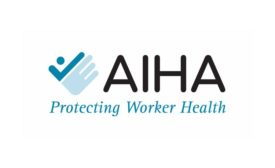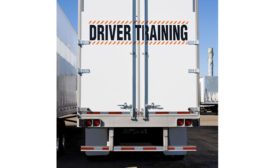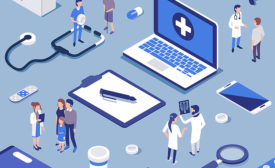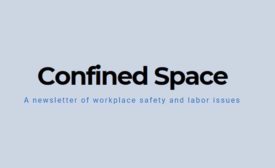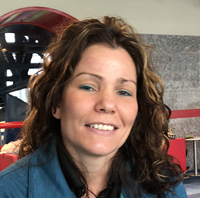Columns
2019 top standards- Global Standards
ISO 45001 safety and health management system standard
ANSI/ASSP/ISO 45001— 2018 Occupational Health and Safety Management Systems – Requirements with Guidance for Use
January 3, 2019
Reap driver training benefits
Keep people safe – and reduce your liability
December 20, 2018
Fear & insecurity stifle reporting illnesses & stressors
Millions of workers suffer in silence
December 17, 2018
EHS pros need to look at their own programs
U.S. scores low in health measures
December 11, 2018
AEDs on the wall are not an AED program
Roles, maintenance & response times
December 10, 2018
Actively caring for people’s safety
The crucial difference between “caring” & “acting”
December 4, 2018
Assessing floor safety
It’s tricky measuring traction to prevent slips, trips & falls
December 4, 2018
Never miss the latest news and trends driving the safety industry
eNewsletter | Website | eMagazine
JOIN TODAYCopyright ©2024. All Rights Reserved BNP Media.
Design, CMS, Hosting & Web Development :: ePublishing
